Have you ever wondered why the charging speed of electric cars is often given in "x minutes from 0 - 80 %" and not "up to 100 %"?
Charging a Tesla correctly
Different charging recommendations
Well, on the one hand this of course allows the specification of much shorter charging times, - but it also has a technical reason. Due to their chemical properties, batteries lose some of their capacity over time. However, depending on how far and how hard you charge the battery, this process can be accelerated or slowed down.
Maximum charging capacity in everyday life
But how far should you charge the battery? Tesla recommends charging the battery to a maximum of 90% in everyday use and only using the full capacity if you actually need it for a longer journey. This guarantees the longest possible service life and also reduces the average charging time: Due to the cell chemistry, the charging current drops rapidly above 80% charge level, which means that the first 80% is reached much faster than the remaining 20%.
Tips for charge management
With this knowledge, it is helpful to be able to set a maximum everyday charge level in the charging management of a Tesla. By the way: If the vehicle is parked for a longer period of time, a charge level of between 20 and 80 % should be ensured; anything more will damage the battery.
Frequency of charging vs. charging cycles
While it is relevant how far you charge the battery, it is almost irrelevant how often you do it, contrary to popular belief. The decisive factor for a battery is the number of charging cycles, which describes how often it is fully charged from 0 to 100 %. So if you recharge 20% each day for five days, you don't "consume" five charging cycles, but only one. Accordingly, Tesla itself recommends simply recharging the battery to 90% every day.
Charging speed and battery types
What is relevant for the service life, on the other hand, is how strongly or quickly the battery is charged. Fast charging stations such as the Tesla Superchargers, some of which have a charging capacity of several 100 kW, are excellent when it comes to saving time. However, they are rather harmful for the batteries, which prefer low power such as the 3 kW of a household socket. However, as this also has disadvantages (relatively high charging loss, safety problems, long on-board computer activity during charging, battery does not get really warm), charging at a wallbox with 11-16 kW is the ideal compromise.
Important: Many of these instructions only apply to vehicles with NCA batteries, i.e. all older models as well as Performance and Long Range versions. Other recommendations generally apply to new Standard Range Teslas with LFP batteries.
Do you have experience with your Tesla's charging practices? Share your thoughts and tips in the comments below.

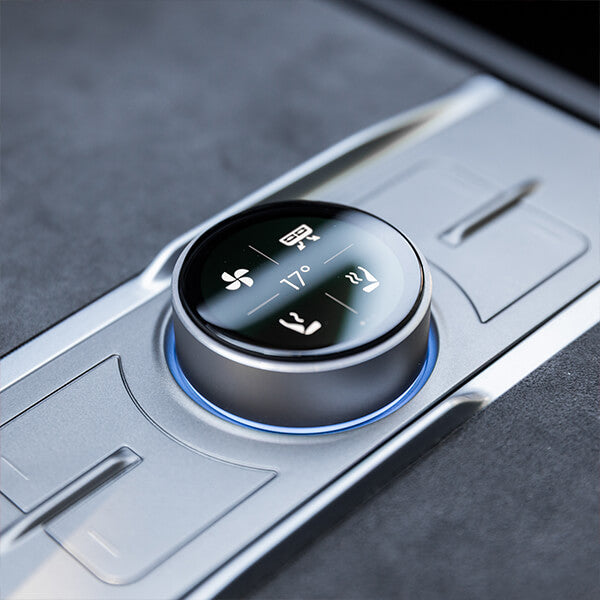
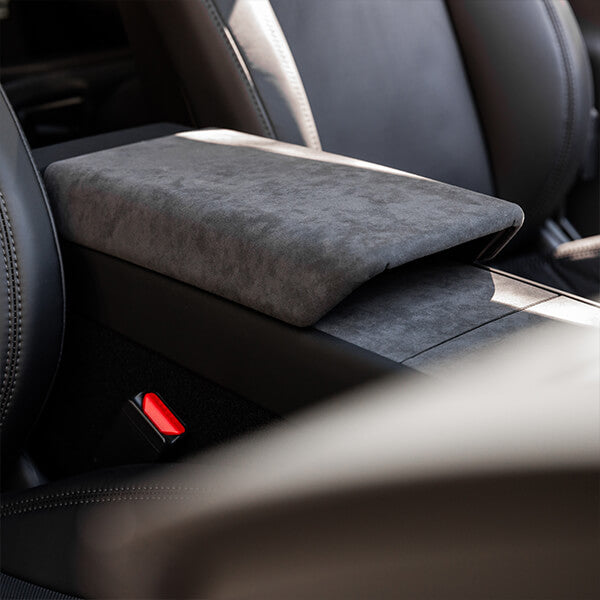
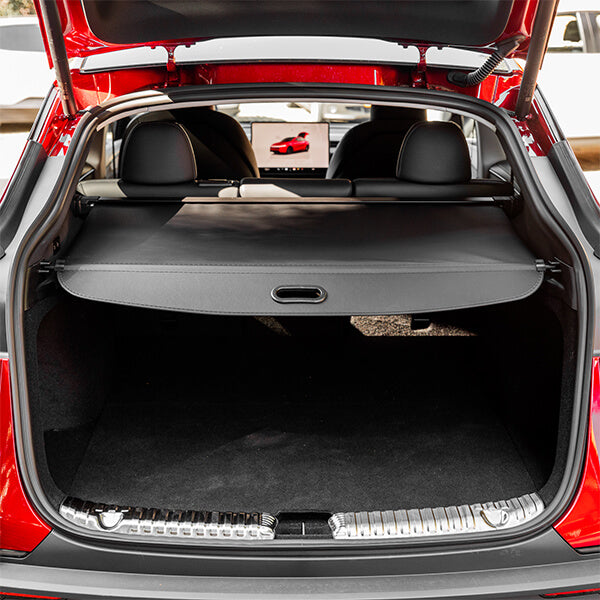
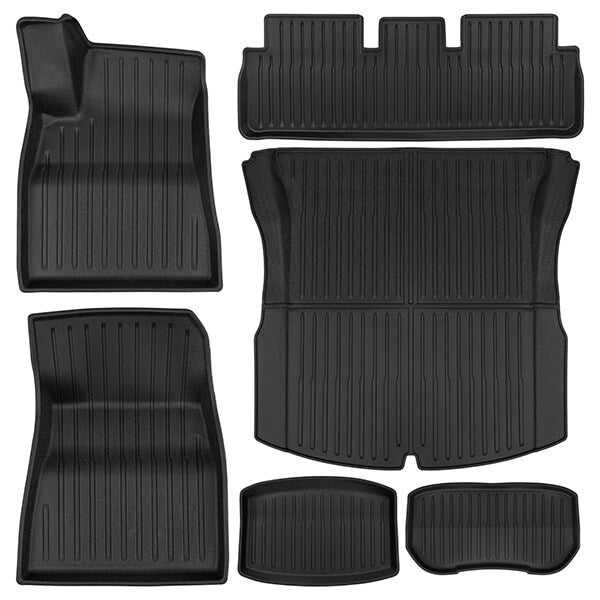
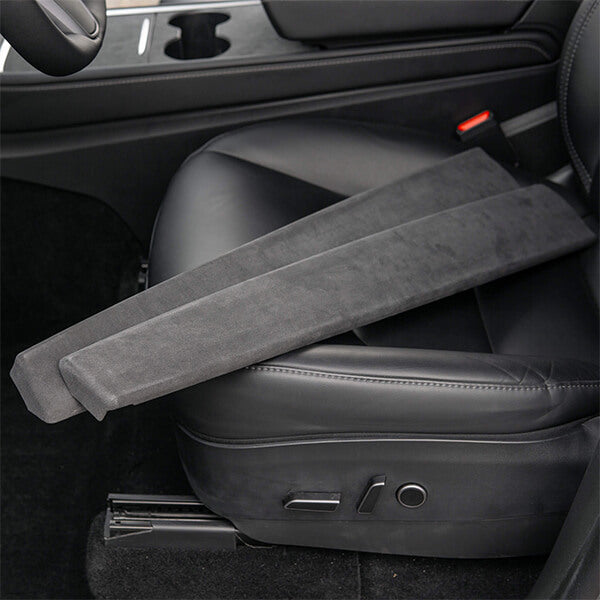

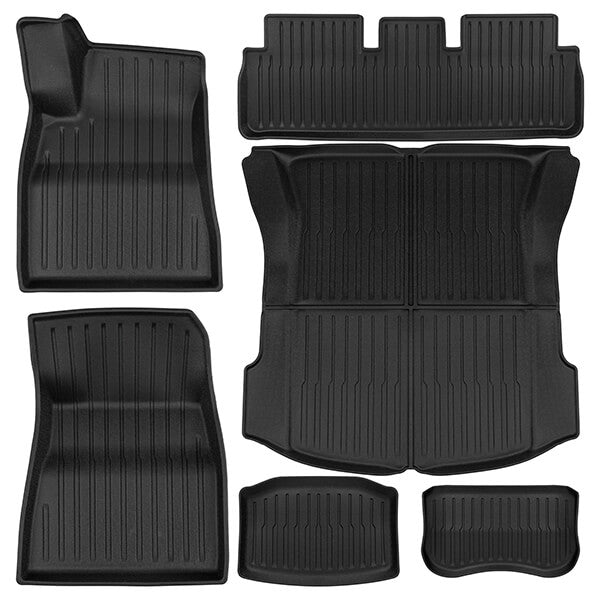
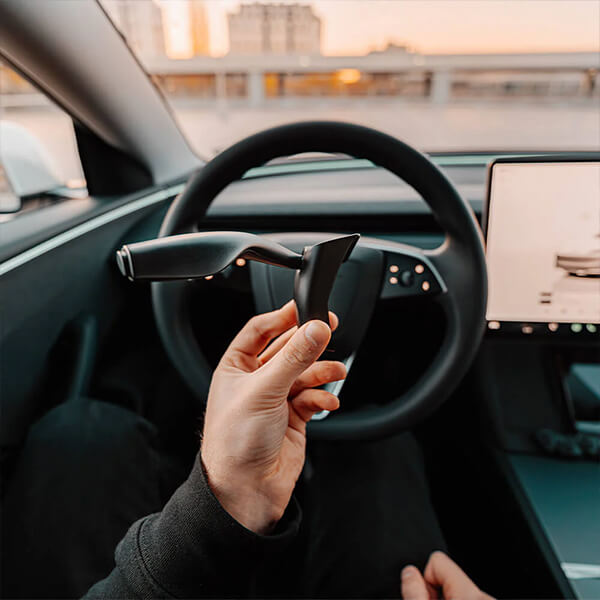
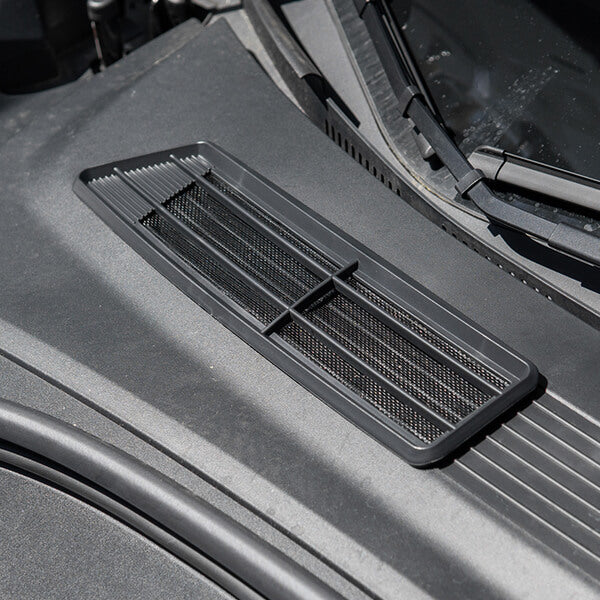

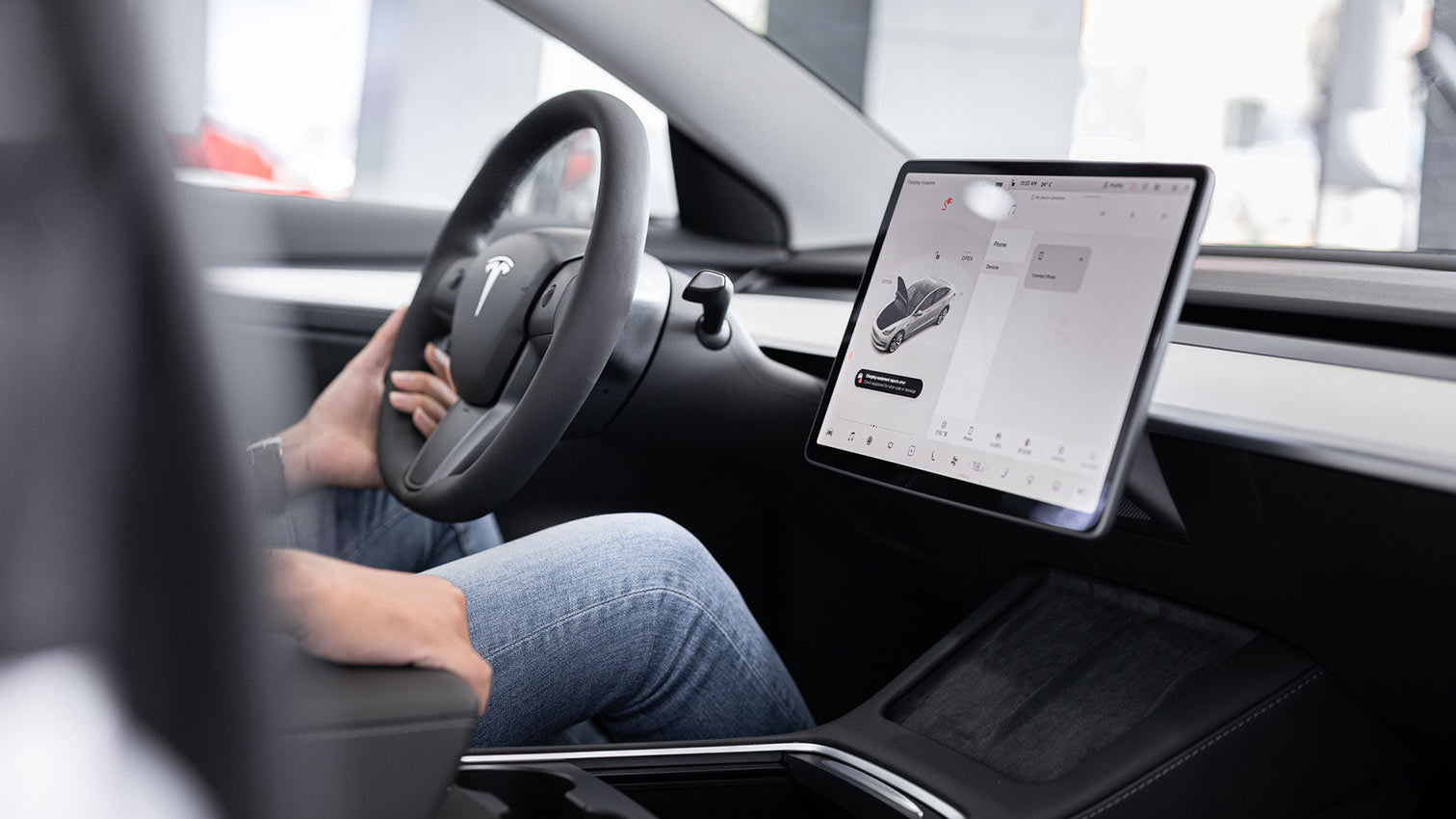
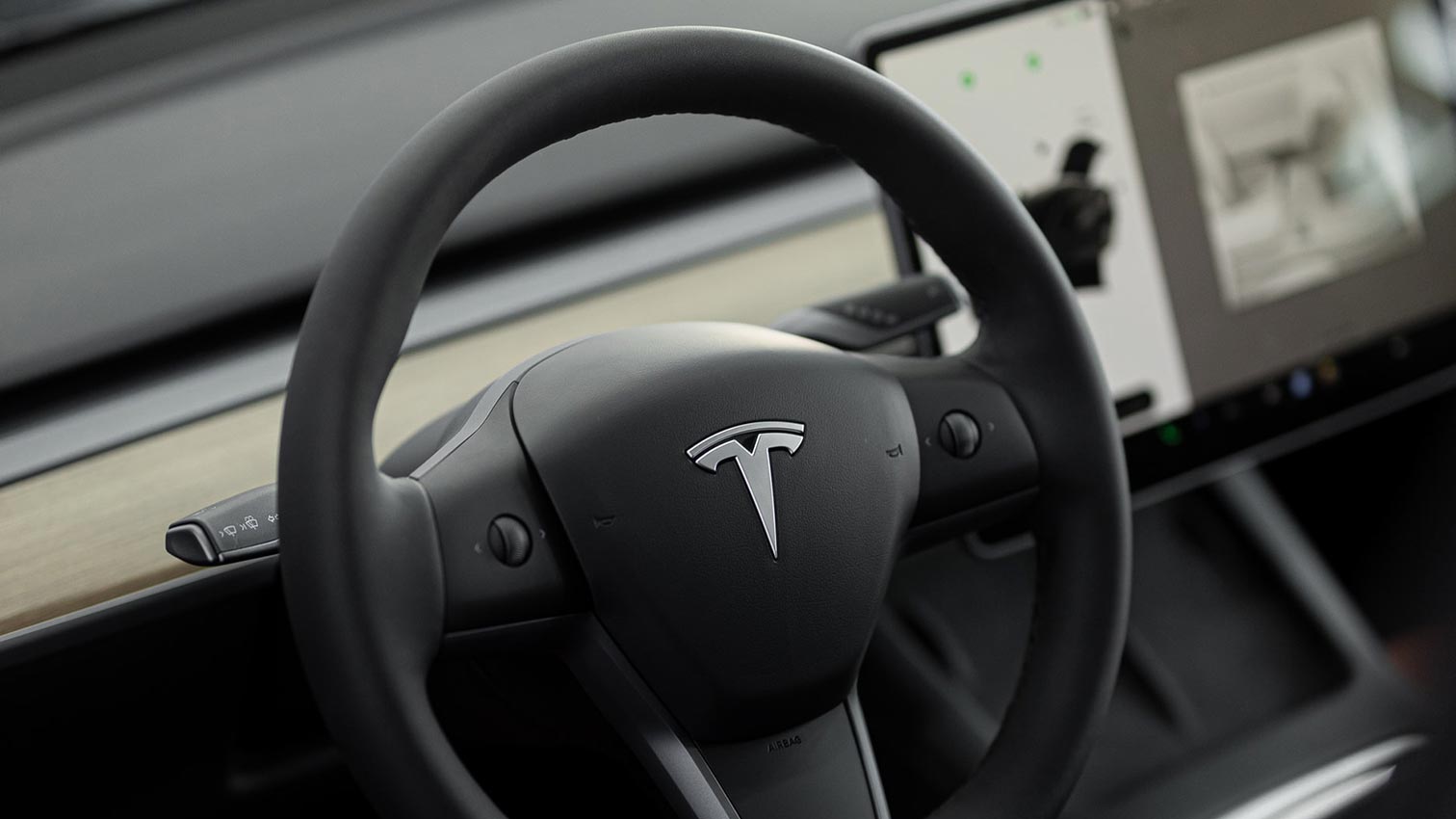
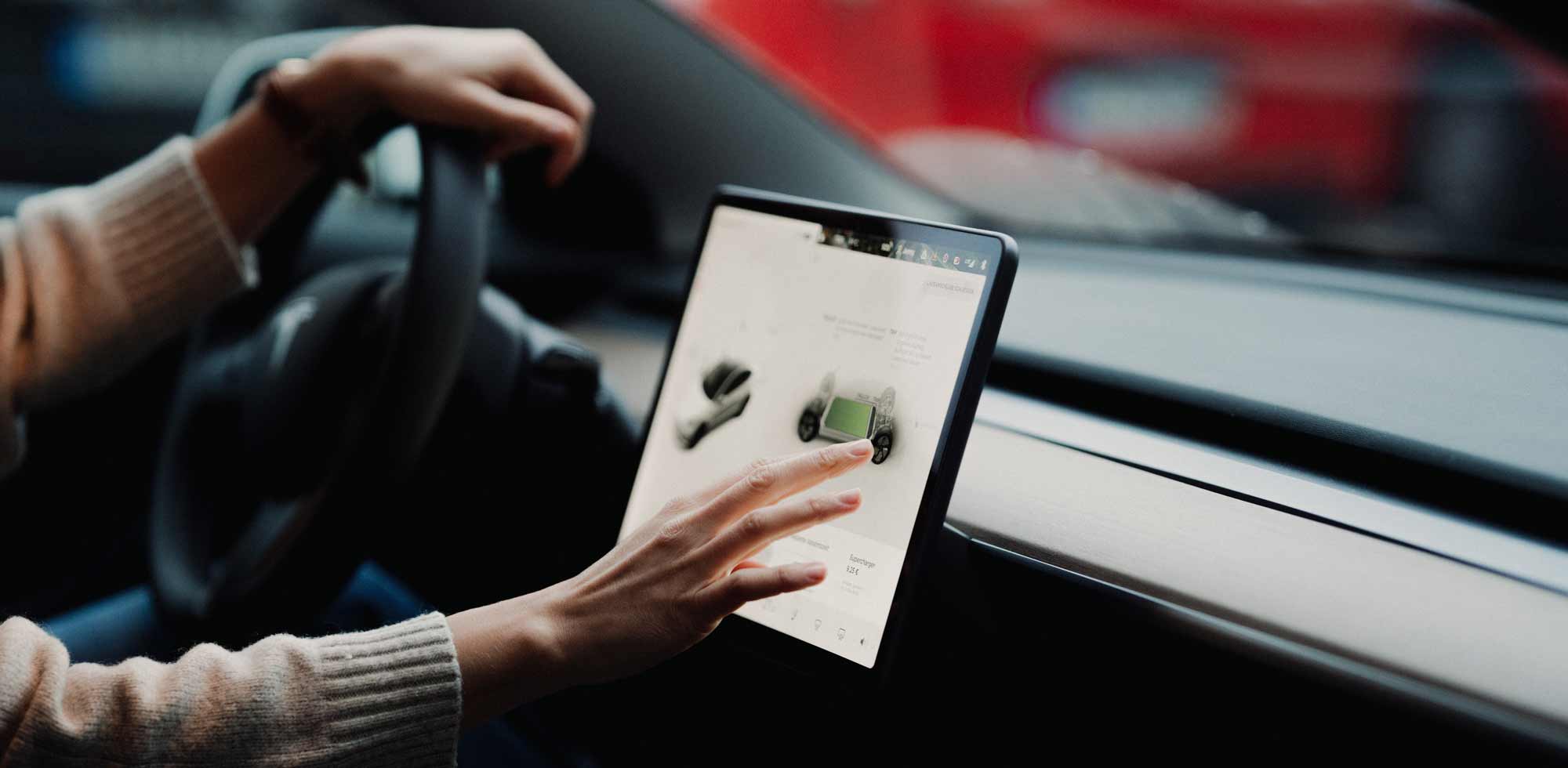
2 Comments
Andreas Hermes
Ich lade jede Woche Sonntsgs einmal auf 100%. Maximal zwei Stunden später fahren wir dann los und haben anschließend etwa 80%. SoC. Unter detr Woche wenig Fahrten, meist unter 80 km. Supercharger nur auf Langstrecke. Dabei lade ich vor Reiseantritt einmal voll und dann an den Superchargern unterwegs immer bis 80%.
Ich lade jede Woche Sonntsgs einmal auf 100%. Maximal zwei Stunden später fahren wir dann los und haben anschließend etwa 80%. SoC. Unter detr Woche wenig Fahrten, meist unter 80 km. Supercharger nur auf Langstrecke. Dabei lade ich vor Reiseantritt einmal voll und dann an den Superchargern unterwegs immer bis 80%.
Achim
Und Wie ist das beim LFP Akku? Auch 90%? Die App sagt 1x pro Woche 100%
Kann man den LFP längere zeit auf 100% stehen lassen?
Und Wie ist das beim LFP Akku? Auch 90%? Die App sagt 1x pro Woche 100%
Kann man den LFP längere zeit auf 100% stehen lassen?